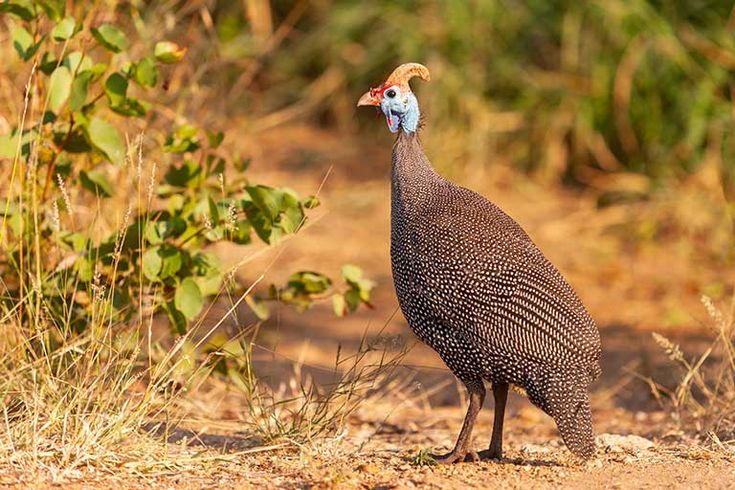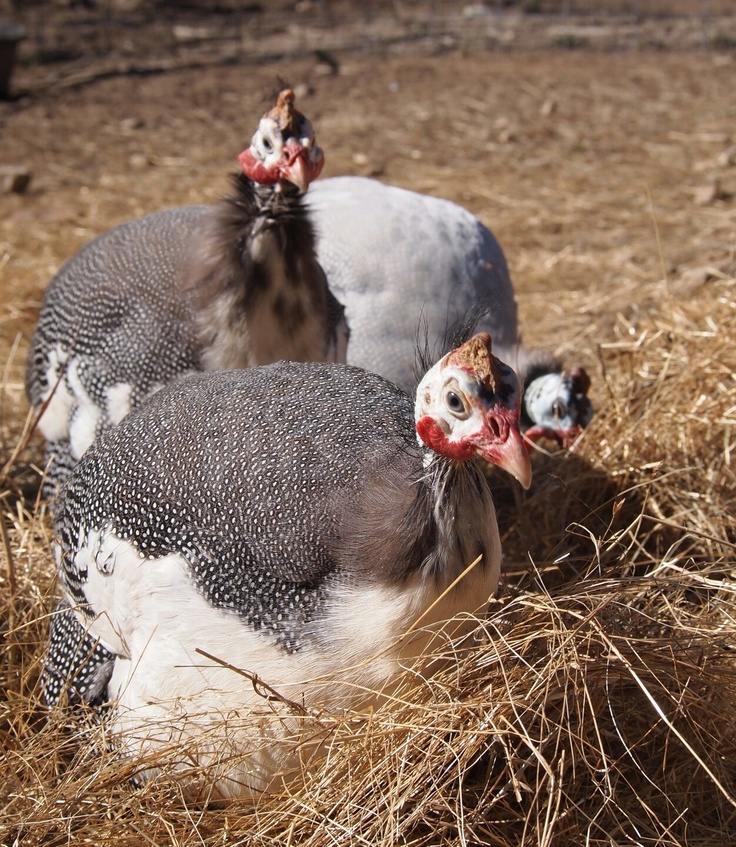Breeding guinea fowl can be a rewarding process for farmers looking to expand their flocks or supply the market with guinea keets. With proper care and attention to detail, guinea fowl breeding can be both efficient and successful.
Understanding Guinea Fowl Breeding Behavior
Guinea fowl are seasonal breeders, typically mating during the warmer months of spring and summer. They prefer to lay their eggs in hidden or sheltered nests, often in grassy areas. A ratio of one male to four or five females is ideal for breeding purposes, ensuring all hens are adequately fertilized.

On a similar note, at Kimd Group of Companies, we support beginner farmers by offering tailored business proposal writing services and design plans for various animal capacities. Therefore whether you’re just starting out or looking to expand, we provide the resources and expertise to help you succeed in the farming industry.
Setting Up Nesting Areas
Providing comfortable and safe nesting areas is essential for successful breeding. Guinea fowl prefer secluded spaces with soft bedding materials like straw or wood shavings. Position the nests in quiet areas away from predators and disturbances to encourage the hens to lay their eggs.

Collecting and Incubating Eggs
Guinea fowl eggs have a hard shell and can remain viable for up to 10 days if stored correctly. For artificial incubation, maintain a temperature of 99.5°F (37.5°C) with a relative humidity of 50–55%. Guinea fowl eggs typically hatch after 26–28 days of incubation. Turning the eggs regularly, at least three times a day, helps prevent the embryo from sticking to the shell.

Caring for Keets (Guinea Fowl Chicks)
Newly hatched keets require a warm and dry environment with a consistent temperature of 95°F (35°C) for the first week, gradually reducing by 5°F each week. Provide them with clean water and a high-protein starter feed (24–28%) to ensure healthy growth. Keets are vulnerable to damp conditions, so ensure their brooder is clean and dry at all times.

Managing Breeding Challenges
Breeding guinea fowl may come with challenges, such as aggressive males or difficulty in finding eggs. Monitor the flock for signs of aggression and intervene if necessary. Encourage hens to lay in designated nests by collecting eggs daily and maintaining clean nesting areas.

Conclusion: Ensuring Breeding Success
With proper management of nesting, egg incubation, and keet care, breeding guinea fowl can be a highly productive endeavor. By understanding their natural behaviors and providing a conducive environment, farmers can successfully expand their flocks and contribute to the growth of their guinea fowl farming operations.
